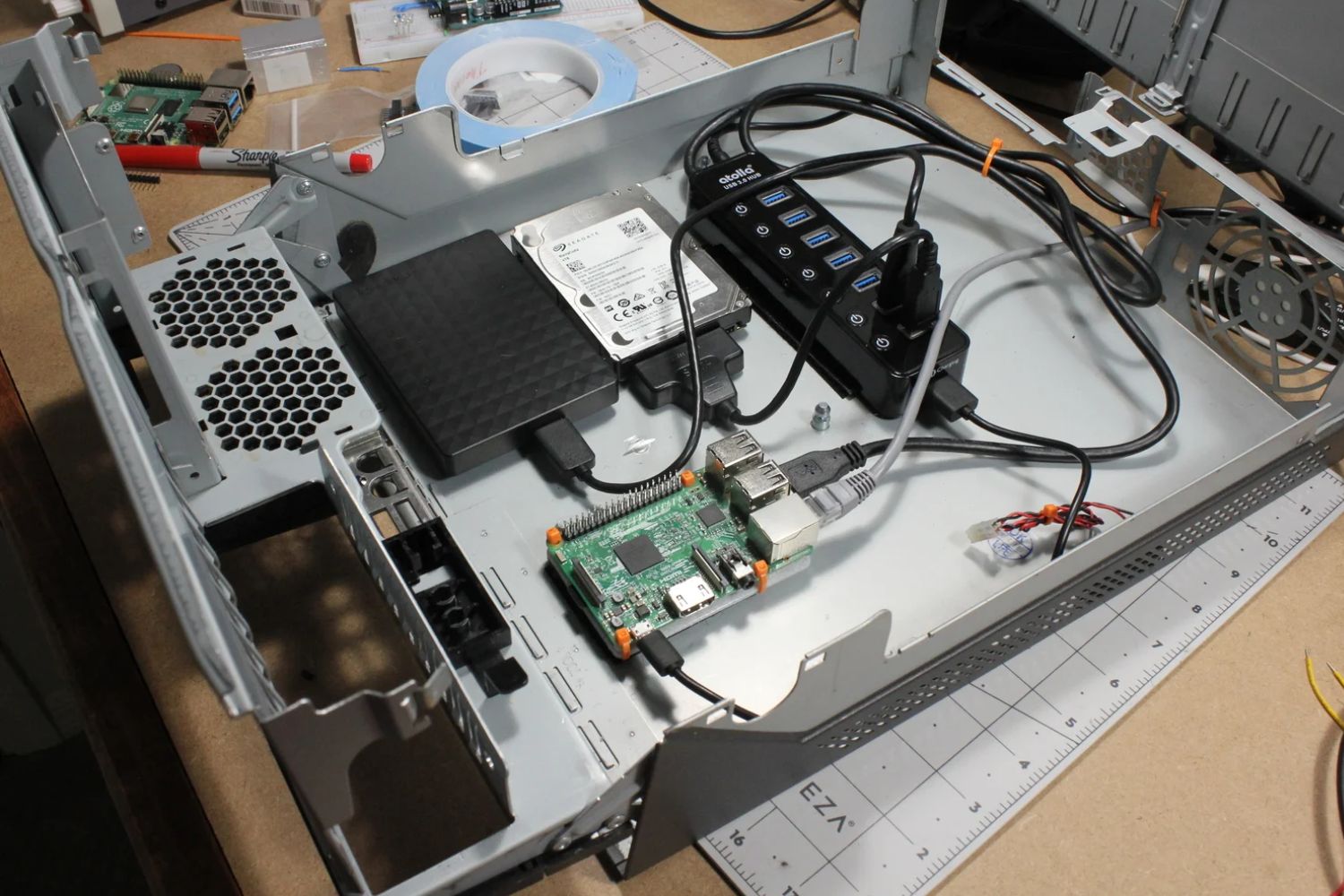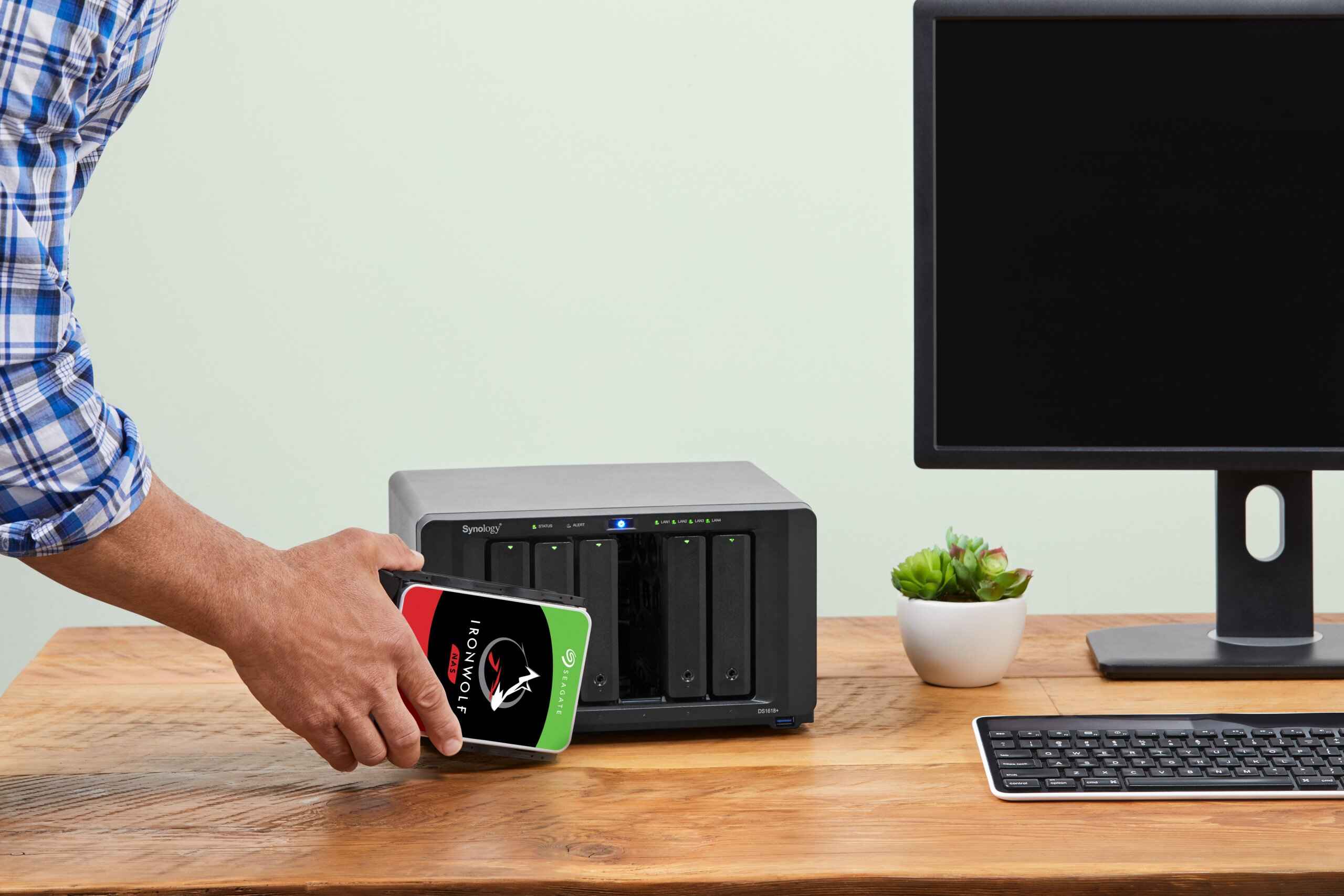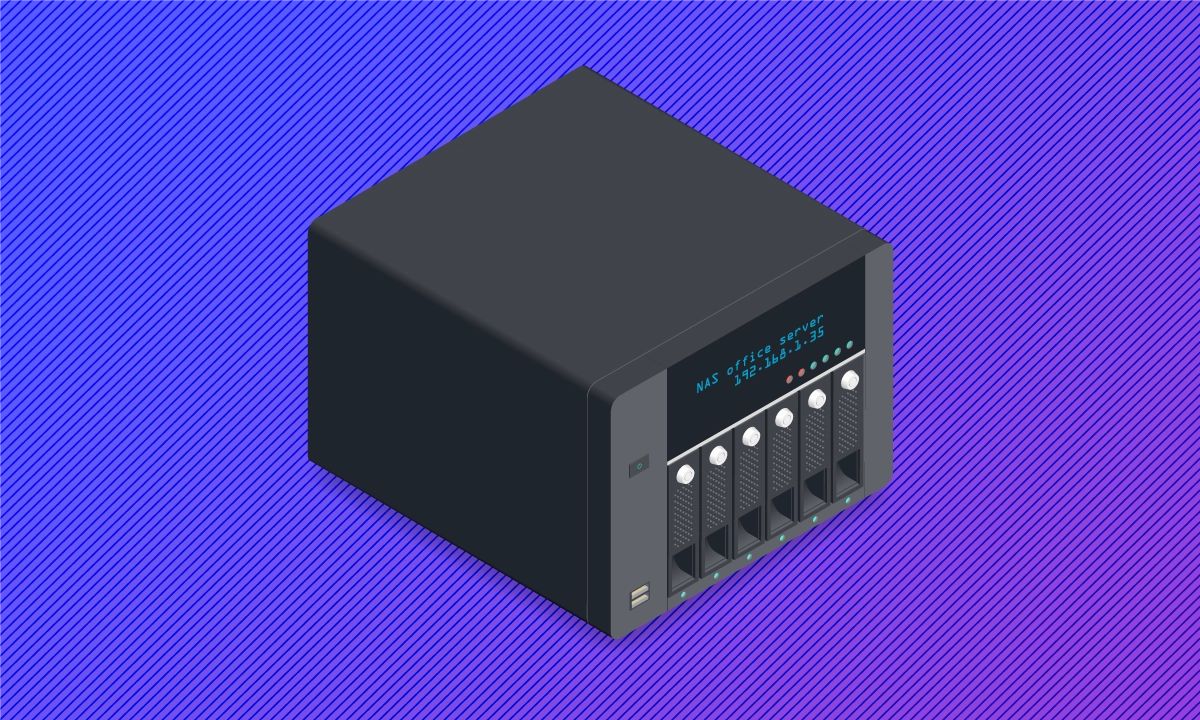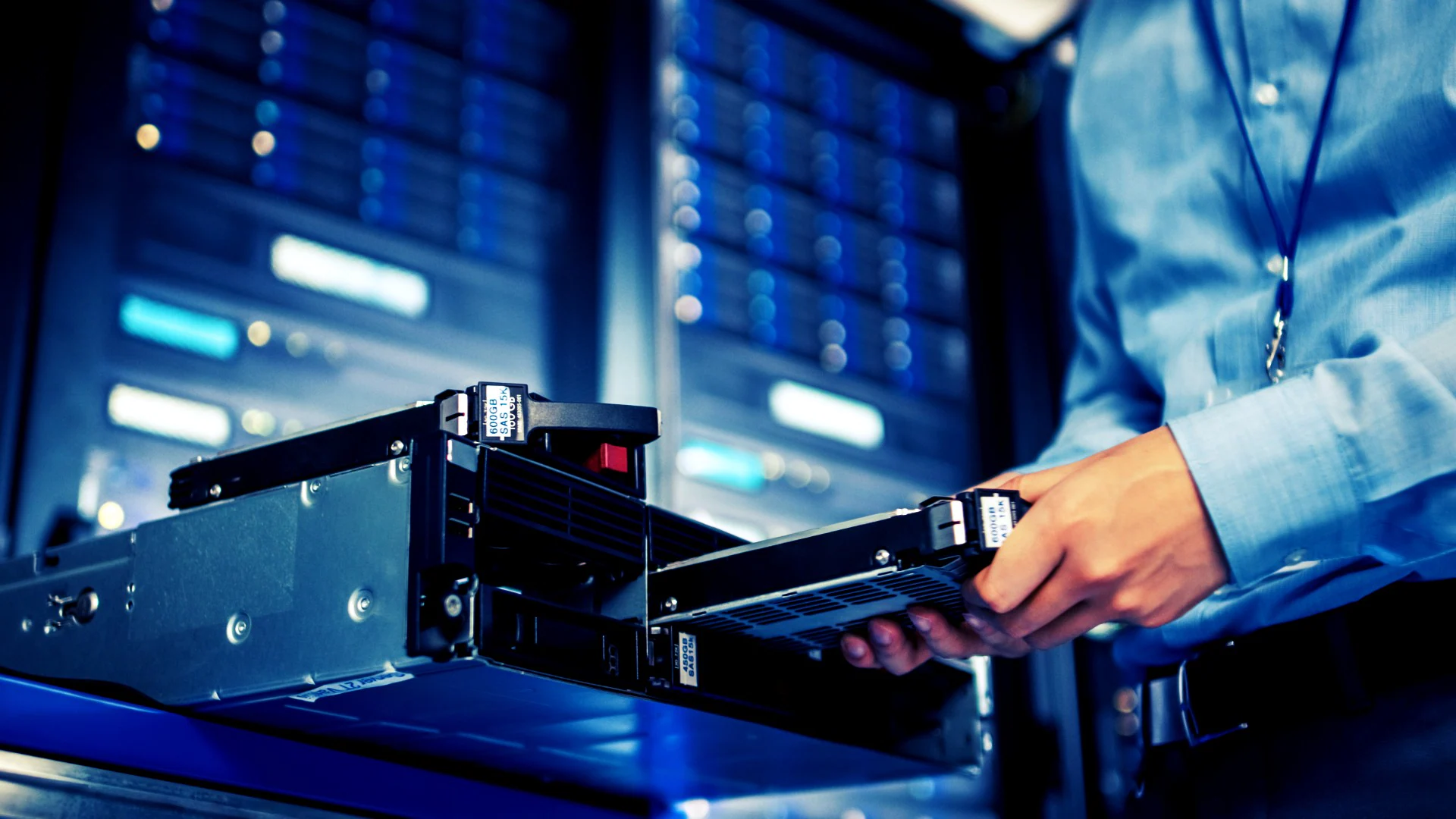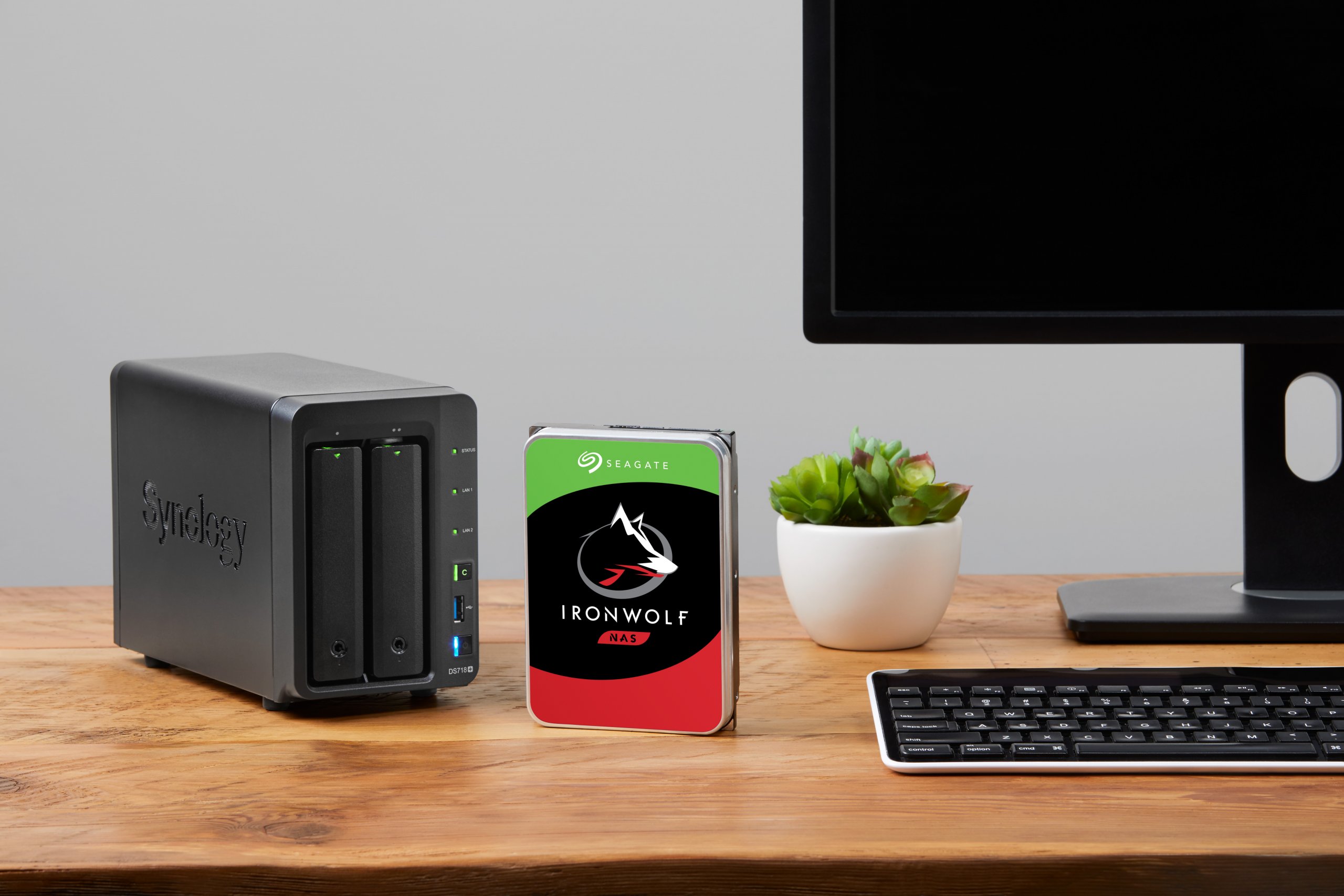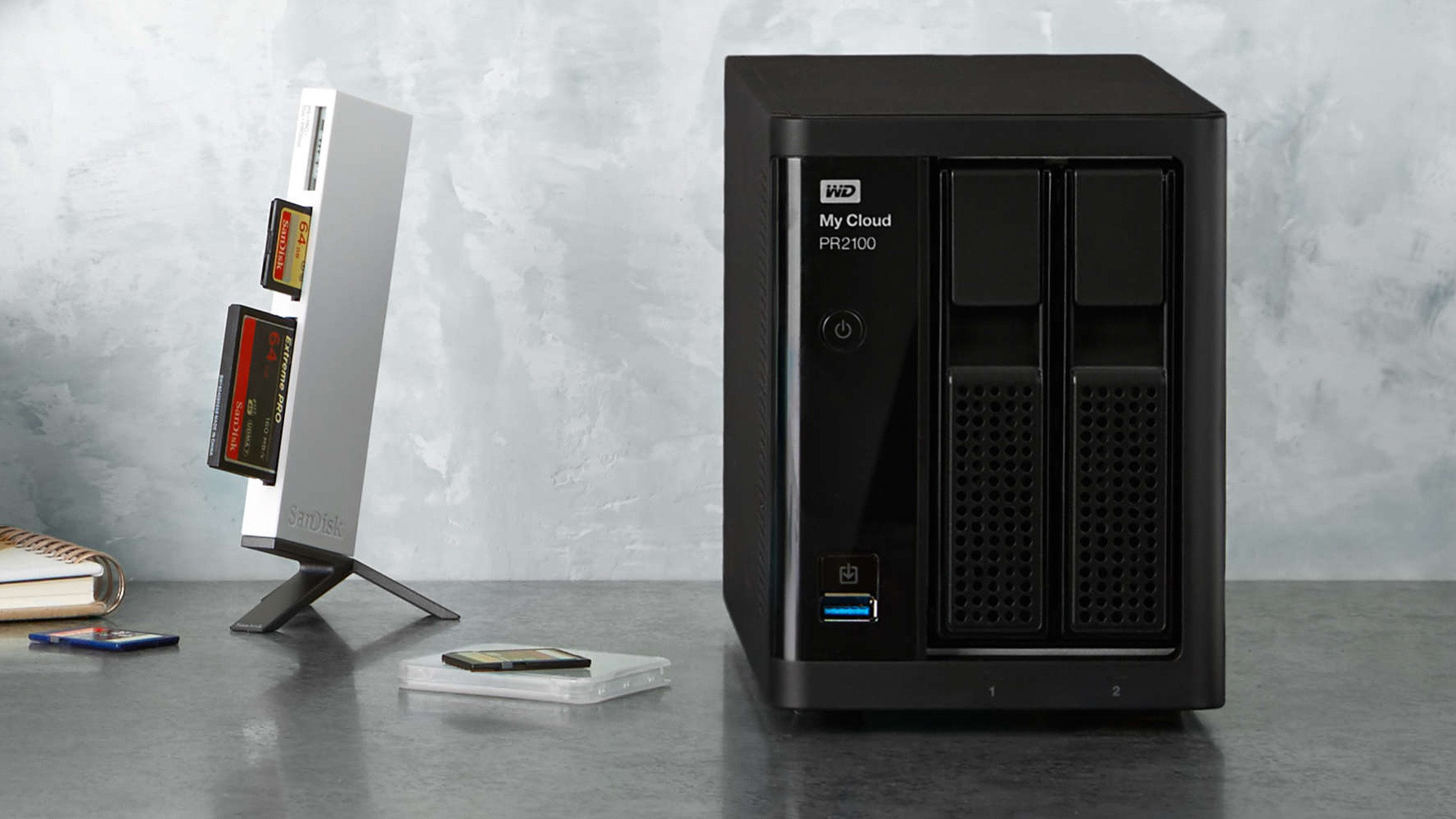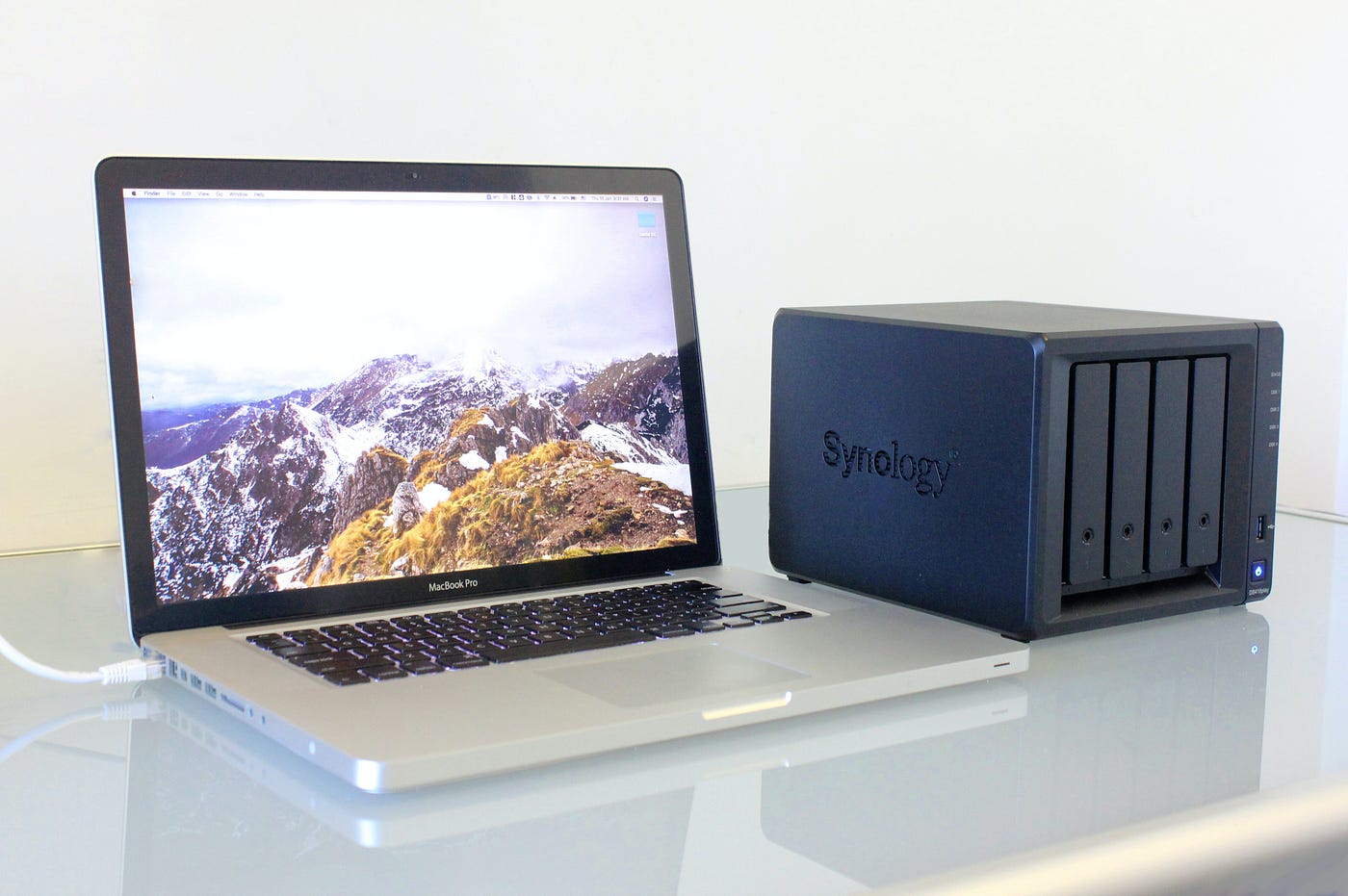A network-attached storage device will allow you to store, share, and view files on any device connected to your local network. The device connects to a wireless network from where users can stream and archive files across the board. Most data storage devices like hard drives and SSDs connect directly to the computer via a USB cable and other means. NAS, on the other hand, connects to a wireless router to create a safe cloud for all your files and folders.
Everyone connected to your local network should be able to access the cloud via computer, tablet, or mobile phone. Small- to medium-scale organizations commonly deploy these devices to create a distributed shared storage environment. In this article, allow us to take you through the many uses of benefits of network-attached storage and why it’s worth investing in for your own home or business.
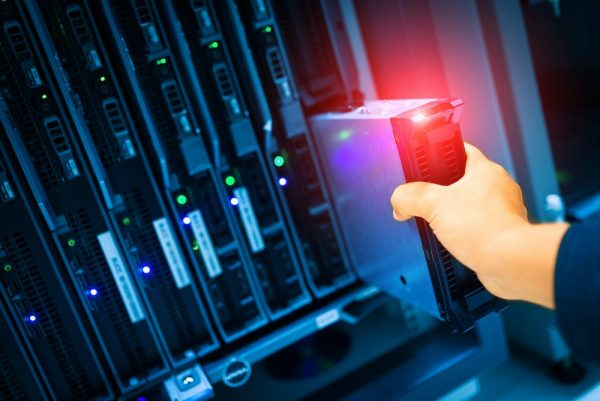

What is a Network-Attached Storage Device?
Best Network Attached Storage Devices for 2021
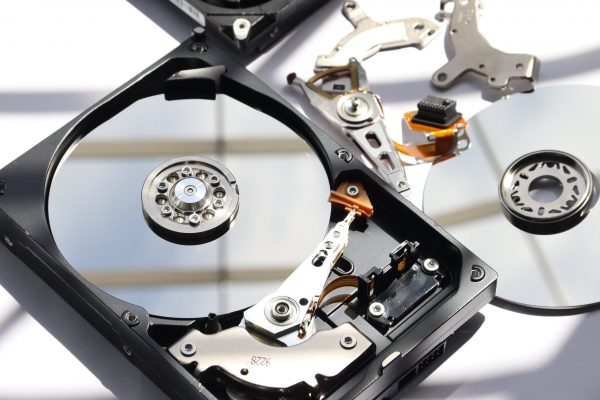

There are different types of network-attached storage devices available in the market. Some offer simple, two-bay models ideal for standard file storage. Others offer multiple-drive arrays that can pretty much do everything from storage to cloud backup. The best types of NAS devices support multiple drive bays for additional storage, multimedia streaming capabilities, and encryption for stored files. Whether you want to share media files with family members in the house or keep your office documents organized in a single, accessible repository, there’s a NAS drive that should fit your storage and streaming needs. These drives are ideal for media streaming across multiple devices in the home network and backing up your files from PCs, tablets, and phones.
1. Western Digital My Cloud EX2
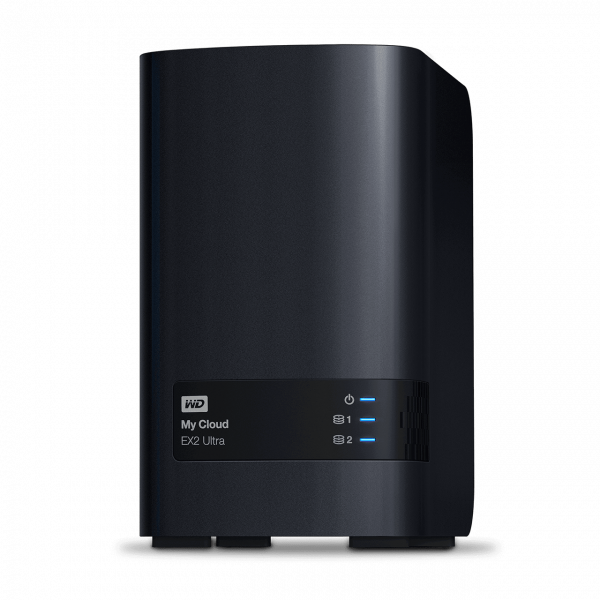

The My Cloud EX2 from Western Digital is network-attached storage that enables users to backup, store, and share files across all devices enabled on your home network. The device connects directly to your home Wi-Fi router, making it easily accessible to all devices sharing the same network. It’s easy to set up and use, and you can quickly find the device on your network. The device also comes with two drive bays for storage, which you can fill in with custom storage drives. One of the more notable applications on the program includes the Acronis True Image, which helps users backup everything from operating systems to entire contents of computer drives onto the NAS. The device has been upgraded with a powerful Marvell ARMADA dual-core processor. This is supposed to help ensure ultra-fast file transfers each time you upload content into the cloud.
The device comes with a My Cloud OS 5 mobile and web app with a handful of functions. This app allows users to stream media stored on the NAS onto any device connected to the network. It’s also responsible for the regular installation of security updates for enhanced data privacy and functions as the access point for remote access to files within the network. Users can initiate remote access to others outside of the network using either public or private links. Public links allow anyone with the link to view the files, whereas private links offer more control as to who can see the files. My Cloud doesn’t come with a minimum amount of storage. However, it does offer multiple storage capacity models, including 3,4, 6, or 8TB units. The device is compatible with most operating systems and functions well with both Mac and PCs.
Visit Western Digital Official Store
2. Synology Disk Station DS918+
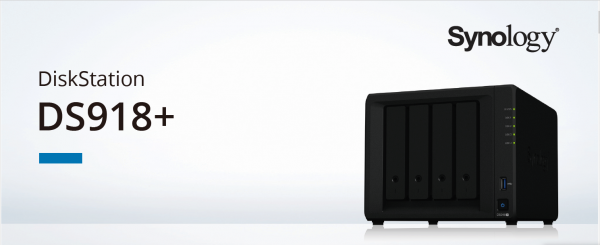

The Disk Station DS918 from Synology is a powerful all-in-one option for different storage needs. The device has four bays that support up to 64 TB of combined storage. You can further augment this storage capacity by up to 144 TB total storage by installing an expansion unit. The device comes with a standard 4GB of RAM installed, which you can expand by installing a second memory module. The device is powered by a quad-core Intel Celeron processor clocking in at 1.5ghZ, fast enough to run multiple applications simultaneously. It also offers support for system caches, with two SSD slots at the bottom for improving read and write speeds.
Besides offering plenty of expandable storage, the DS918+ also promises ease of installation during the boot-up process. The user just needs to install the required number of drives into their respective bays and add in optional SSD caches or additional RAM before the boot-up process. A quick installation guide will walk you through the process of installing the Synology OS, which is also very simple and straightforward to use. The same will also ask you to set up a user account and select the type of storage you’ll need. When it comes time to replace old drives, the device instantly recognizes new drives for drive replacement. The Synology OS will also walk you through the process of re-adjusting your existing RAID allotment.
The DS918+ offers a wide variety of applications that it supports and which you can install. The DS918+ is also great for surveillance purposes. That is if you’ve got compatible IP cameras on the network, it can easily and automatically upload footage into the Synology Surveillance Station app. The device also alternates as a media server that can play media files of any format.
3. Western Digital My Cloud Expert Series EX4100


The My Cloud EX 4100 from Western Digital is the latest addition to the Western Digital series of NAS. The device has four drive bays that can hold up to 24TB of data. Should you need more than this, you can always add in a second memory module. The device is powered by Marvell ARMADA 1.6GHz dual-core processor, which is the average range for most NAS devices. It also comes with 2GB of DDR3 RAM. You can’t go further than the given RAM, but this is nonetheless an improvement over the 1.3GHz Marvel processors of the My Cloud EX2100. The device comes either pre-populated with WD Disks or diskless. This allows users to choose between an unpopulated set or a set with pre-installed drives in 8TB, 16TB, and 24TB capacities. Western Digital also sells WD Red NAS Drives with storage capacities of 2TB, 3TB, 4TB, 5TB, and 6TB separately.
The device relies on the My Cloud desktop and mobile app for most of its data uploads and downloads. The apps allow the user to drag, drop, and organize files from any device connected to the network. The same software is also responsible for remote access to specific files in the drives, allowing users to share links to files and folders via email. The device also allows for completely wireless backups across multiple devices by using the My Cloud Expert Series. You can conduct backups within range of the network or outside of the network with special permissions. You can also use the device as a secondary backup for your files uploaded onto cloud-based storage services such as Amazon S3 or Elephant Drive. The My Cloud EX4100 is compatible with Macs and PCs. Each set retails for a base price of USD 399, and it comes with a two-year warranty.
Visit Western Digital Official Store
4. Netgear ReadyNAS 422
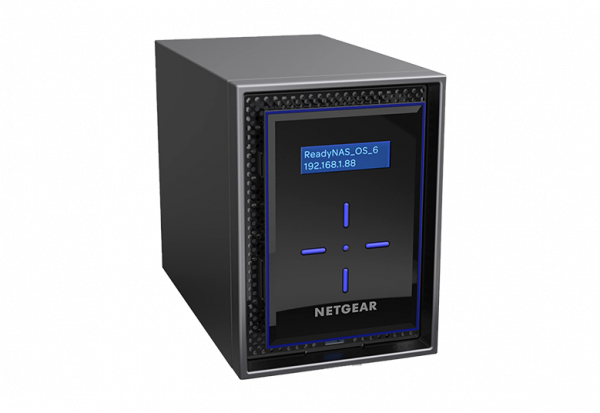

The ReadyNAS 422 from Netgear is a simple yet sturdy device that offers a long-term safe haven for your data. The device only possesses two drive bays, but this is enough to store up to 20TB of data. The device usually arrives in a barebones format without the pre-installed disks, but Netgear does offer 422 NAS with pre-installed disks of 3, 4, or 6TB using Enterprise spec storage.
The 422 is powered by the Intel Atom C3338 1.5GHz dual-core, which is the standard processing speed. It also comes with 2GB of DDR4 RAM, which should allow you to do regular tasks such as running standard software simultaneously and video and image editing. Unfortunately, the device appears to lack access panels to allow for the installation of additional disk memory or even additional drives. Nevertheless, the device can perform just fine with the memory it was given.
There’s nothing out of the ordinary about the installation process, although there are a couple of hoops during the early stages. Once the installation tasks are out of the way, you can expect a smooth performance from the drives. You will also find that the main OS supports a large amount of software, which amounts to about 63 apps in all. The device also functions as an excellent backup for files to and from internal and external storage. There’s also plenty of support apps for backing up cloud options such as ReadyCloud, Google Drive, and Amazon Drive. Speaking of Google Drive, check out this comprehensive guide about the highly popular cloud storage. The ReadyNAS is compatible with Macs and PCs. It retails for a base price of USD 529 and comes with a warranty of three to five years.
5. Buffalo LinkStation 420
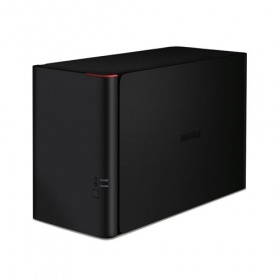

The LinkStation 420 from Buffalo is a high-performance option perfect for use by small families and businesses. The device itself only features two drive bays pre-installed with a selection of hard drives (1, 2,3, or 4 TB). The pre-installed drives eliminate the need for you to purchase your own. The drives provide you with a secure and centralized location to store all of your files from all devices connected to the network. The device is powered by a 1.2GHz dual-core processor and DDR3 RAM for processing speeds of up to 100MB/s. This is nearly twice the standard USB 2.0 drive speed and three times as fast as the standard NAS service.
One of the key features that make the LinkStation 420 stand out is direct integration with BitTorrent. LinkStation uses an embedded form of BitTorrent on the Buffalo application to give users complete control over their downloads along with access to a host of new features. The device is also a great way to back up your data from multiple PCs simultaneously. This media integration means that you should be able to play your subscription-based media on different devices simultaneously. It’s also the key access point for printing files across devices. It also provides remote access to your files when outside of the network.
6. Synology DiskStation DS1517+
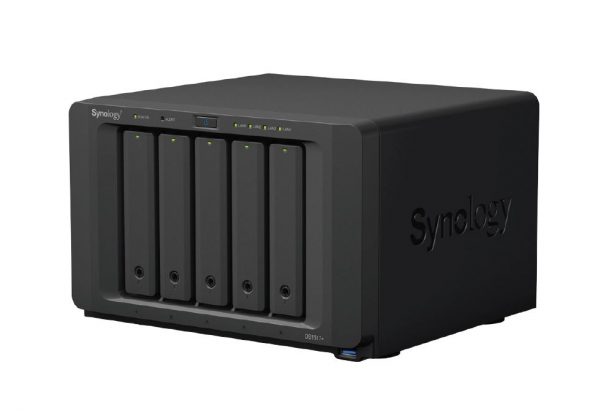

The DiskStation DS1517 from Synology is another powerful option for small-to-medium businesses. The device has five lockable, tool-free drive bays for storage. As you can imagine, five bays can hold a massive amount of storage, and when combined, the NAS can store up to 50 TB of storage. The device itself doesn’t come with pre-installed hard drives, so you can pretty much choose whichever hard drives to install for as long as they fit into the specifications. You can easily swap out the drives with one another and set up RAID configurations. The RAID partitions serve as backups for your files in case of a disaster. At the heart of the device is an Intel Atom 2.4GHz quad-core CPU which promises ultra-fast data transfer speeds. There’s also an 8GN DDR3 RAM which you can expand further into 16 GB RAM.
Users are able to access files and execute commands through the DiskStation Manager (DSM), a web-based operating system. The DSM desktop works like a typical computer interface in that you can create and share folders, set up a firewall, configure network settings, browse file-sharing activities, etc. The DSM interface supports a wide variety of applications, including Synology’s own Web Station app and Surveillance Station app. The system can also work with a wide variety of third-party apps to the likes of Bittorent. Google Drive, Amazon Drive, iTunes, Plex Media, and more. A handy Help feature that you can use to get help with all things related to the DSM operating system and installed apps.
Visit Synology Official Website
7. Asustor AS5304T
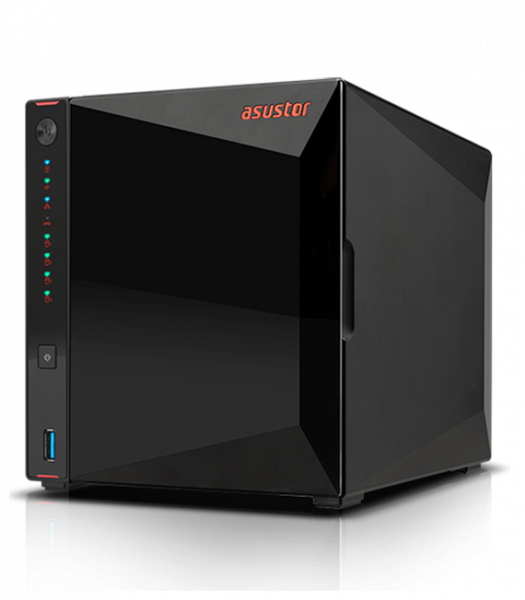

The AS5304T by Asustor is four-bay network-attached storage with a design that takes after the best gaming hard drives. The device features four tool-less drive bays capable of carrying up to 64 TB of combined storage. You can also configure RAID storage within the drives, but be forewarned that doing so can reduce your storage capacity to 32 TB.
Running the device from the background is the Intel Celeron J4105, a powerful processor that is also the beating heart of the Synology DS918. It’s nonetheless a good quality processor with enough power to handle some 4K transcoding. The device also features 4 GB DDR4 RAM, which you can further expand to 8 GB RAM. The AS5304T is also a winner when it comes to speed, and you can expect the quick transfer of 4K files with speeds reaching up to 250 MB/s.
The device runs on the Asustor Data Manager, which is the web-based operating system for this particular brand. One of the best things about the ADM is that it supports a wide variety of third-party services, including popular ones such as the Plex Media Server. Installing and updating the software packages are also as easy as installing and updating software on a tablet or smartphone. The Asustor AS5304T runs on both Macs and PCs. It retails for a base price of USD 526 with a three-year warranty period.
Visit Asustor Official Website
What are the Functions of a Network Attached Storage?


Storage
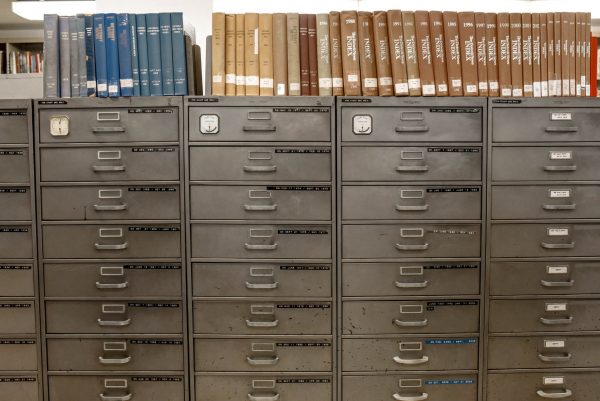

Data Backup/Disaster Recovery
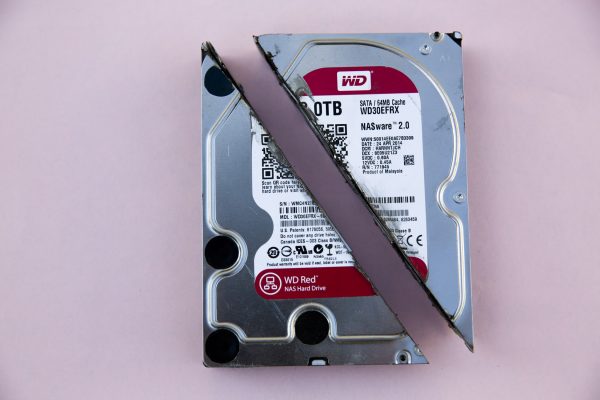

However, since NAS drives are not immune to virus or malware attacks, you may want to supplement your backup strategy. The aim is to create a second backup of the data in case the NAS drives becomes damaged or inaccessible.
Network Printing


Media Streaming


Remote Sharing


Final Thoughts


There are many reasons why network-attached storage makes a great addition to your home or small office. Maybe you need a safe place to store your life’s work or your most personal files, or perhaps you don’t want to have to pay for cloud storage for what feels like forever. Maybe you really need a way to share files with other people on the same network, or perhaps you have plenty of files that you need to access from outside the network while out of town or traveling. Perhaps you just have a large collection of media files that you want easy access to. The humble and sturdy NAS device can accomplish all of these things and so much more. NAS devices can be quite pricey and intimidating at first, but you might find that they’re actually easy to operate and well worth the cost for long-term usage.









